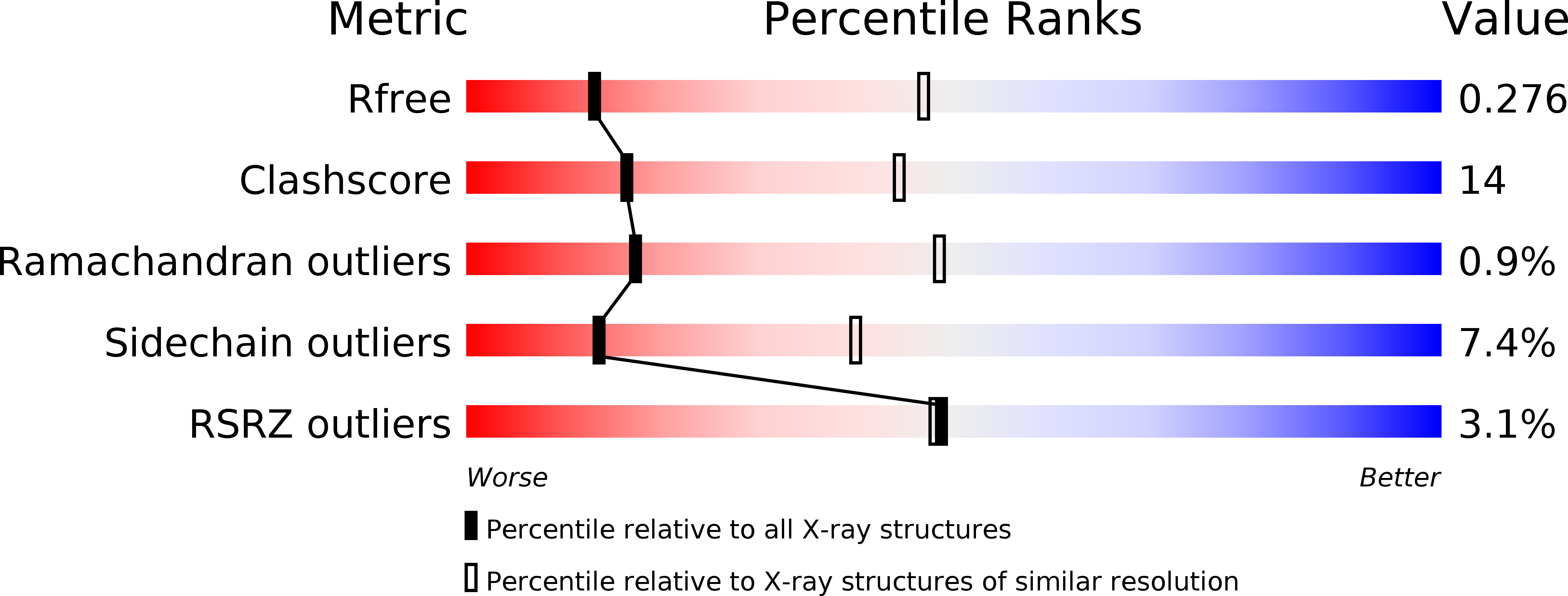
Deposition Date
2013-09-24
Release Date
2013-11-27
Last Version Date
2024-02-28
Entry Detail
PDB ID:
4MVO
Keywords:
Title:
Structural Basis for Ca2+ Selectivity of a Voltage-gated Calcium Channel
Biological Source:
Source Organism:
Arcobacter butzleri (Taxon ID: 367737)
Host Organism:
Method Details:
Experimental Method:
Resolution:
3.30 Å
R-Value Free:
0.27
R-Value Work:
0.25
R-Value Observed:
0.26
Space Group:
C 1 2 1


